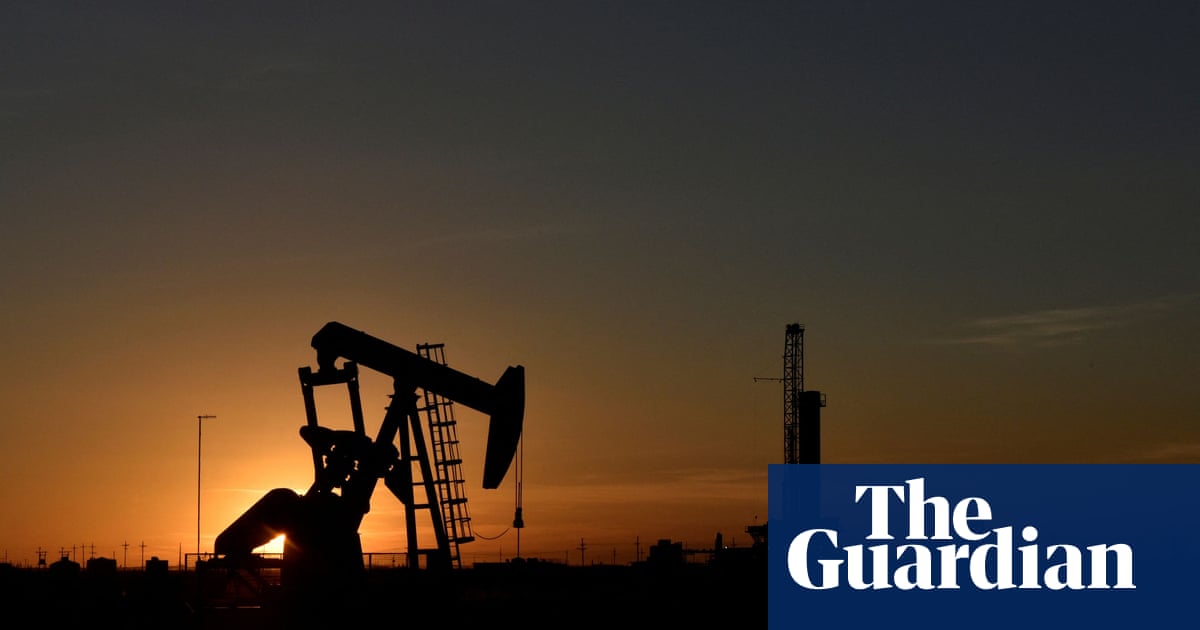Weird, I was not expecting to see a list overwhelmingly dominated by oil and coal companies. I thought this list would be dominated by cell phone manufacturers who supplied power bricks with new phones.
I was expecting consumers using plastic straws at the top of the list.
If you’re curious about what do we do with all that carbon, here’s a handy diagram for you. It’s a clearly outdated, but I suspect it’s still roughly valid today. Energy production has since shifted towards renewables and transportation is gently sliding towards EVs, but there’s still a long way to go. Steel, concrete, and many other industries tends to change very slowly, so I suspect those emissions have stayed very similar to what they were back in 2016.
If you want to speed things up a bit, I suggest voting for the people who change the legislation accordingly. Businesses follow the money, so making polluting more expensive and eco-frienly options cheaper is the way to address this problem.
One of the big changes is in fugitive emmissions (basically leaky natural gas pipes), we found that fugitive emmissions were much (2-3x in north america) greater than expected, making natural gas as bad as coal in some scenarios. Turns out having o&g self report with no oversight leads to them underestimating their numbers.
Fixing leaking water pipes would be surprisingly effective too. We are already spending money and energy to purify and pump the water, so why not make use of it. Currently, we’re spending way too much energy on watering the trees growing next to big pipelines.
The article doesn’t contain the list, but I believe this is what they are referring to: https://carbonmajors.org/Entities
I smell bullshit. It’s almost entirely just a list of fossil fuel producers. That doesn’t really tell you who is using the end product and therefore driving the carbon production.





